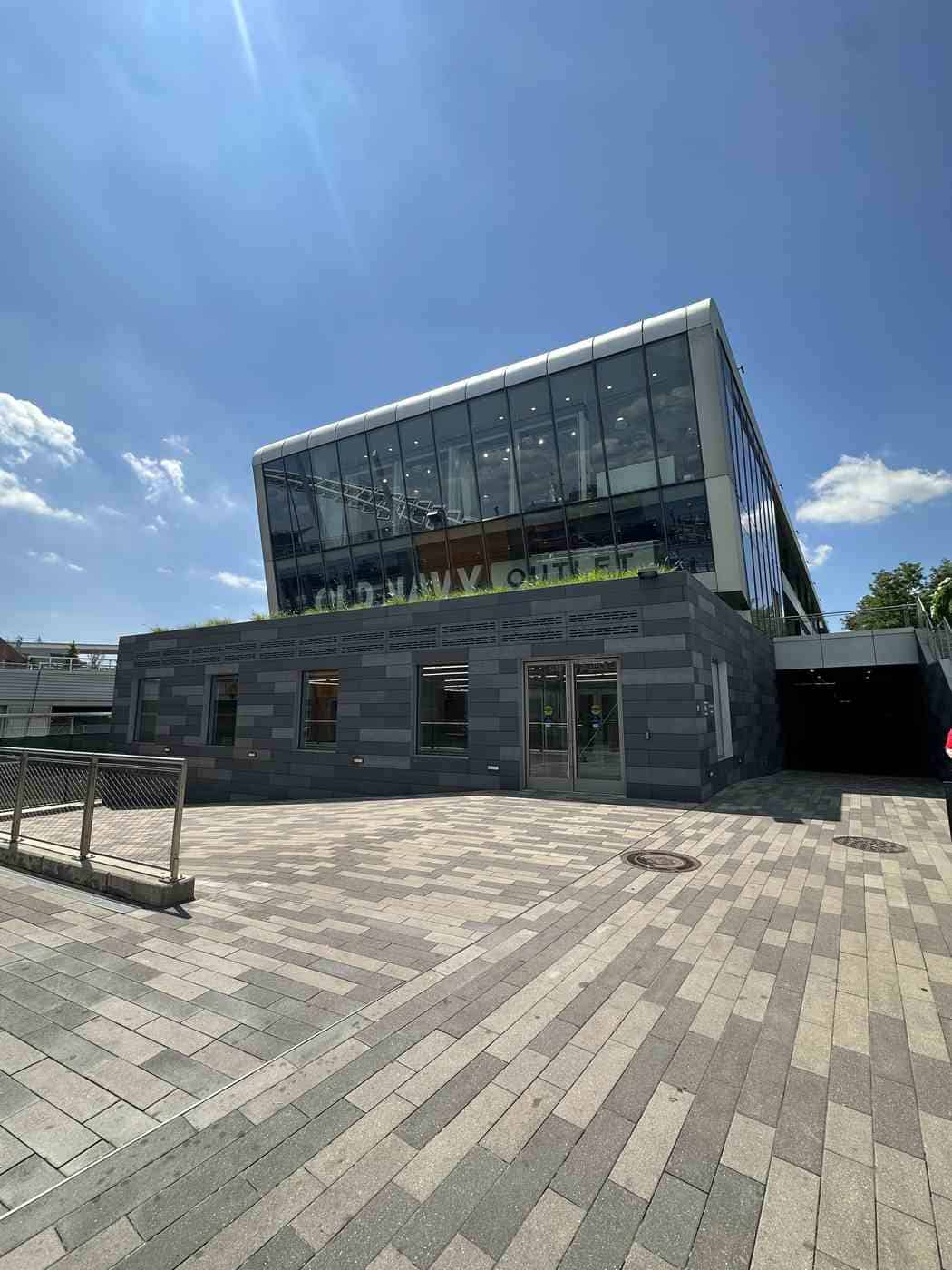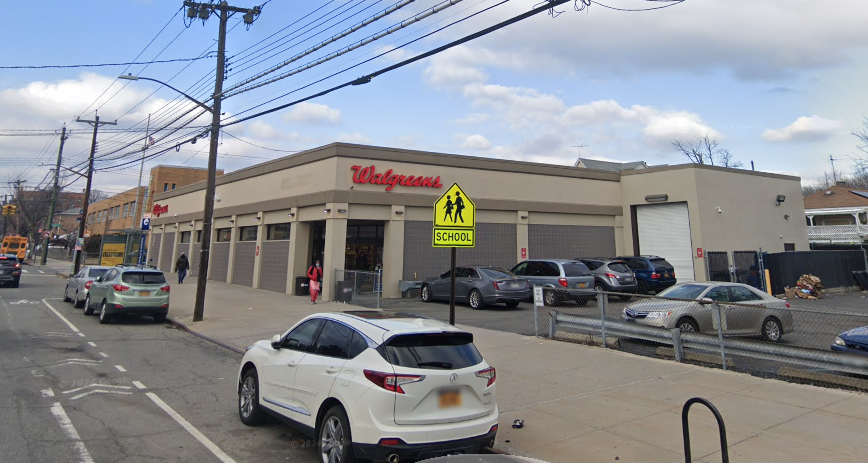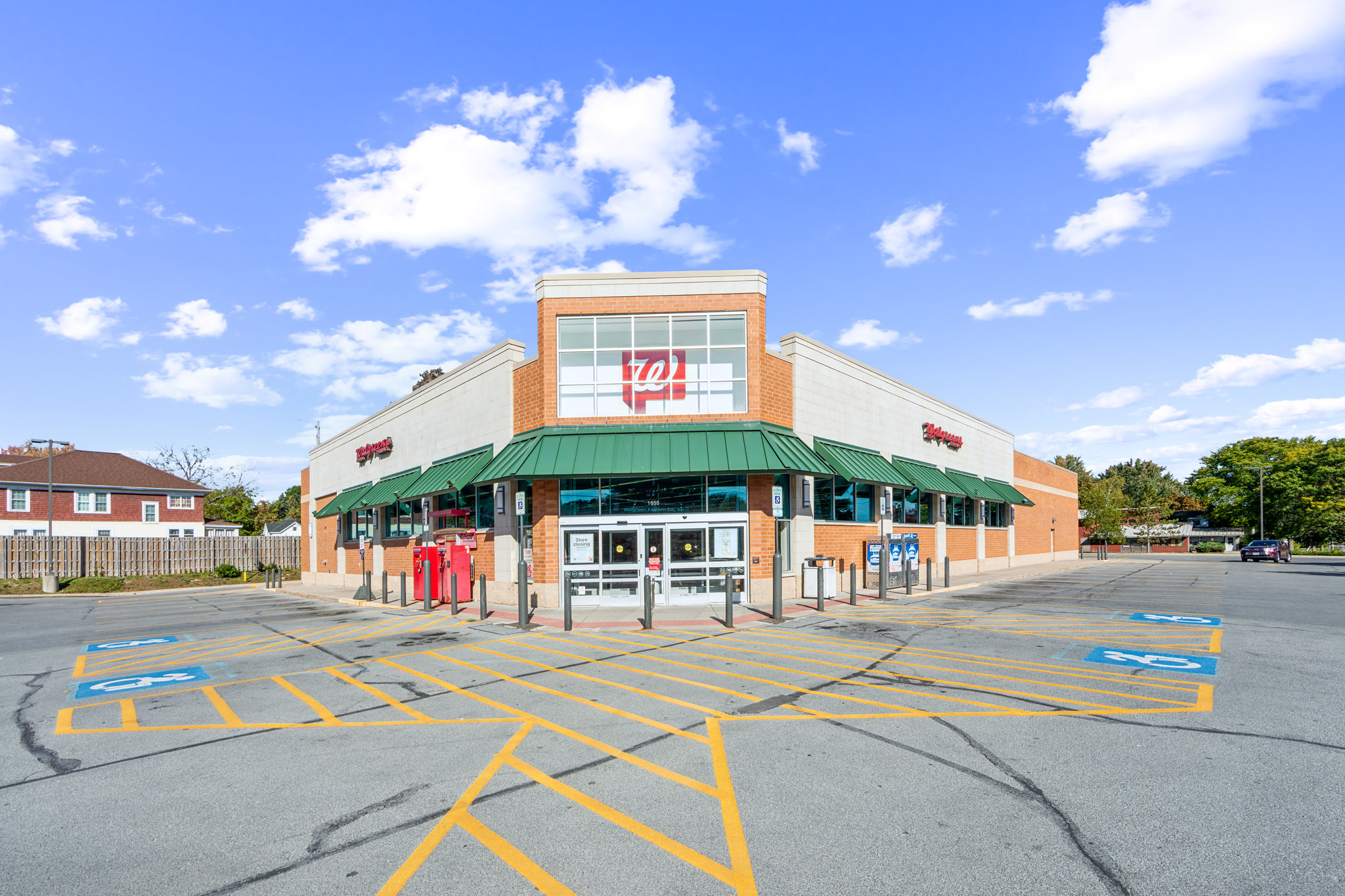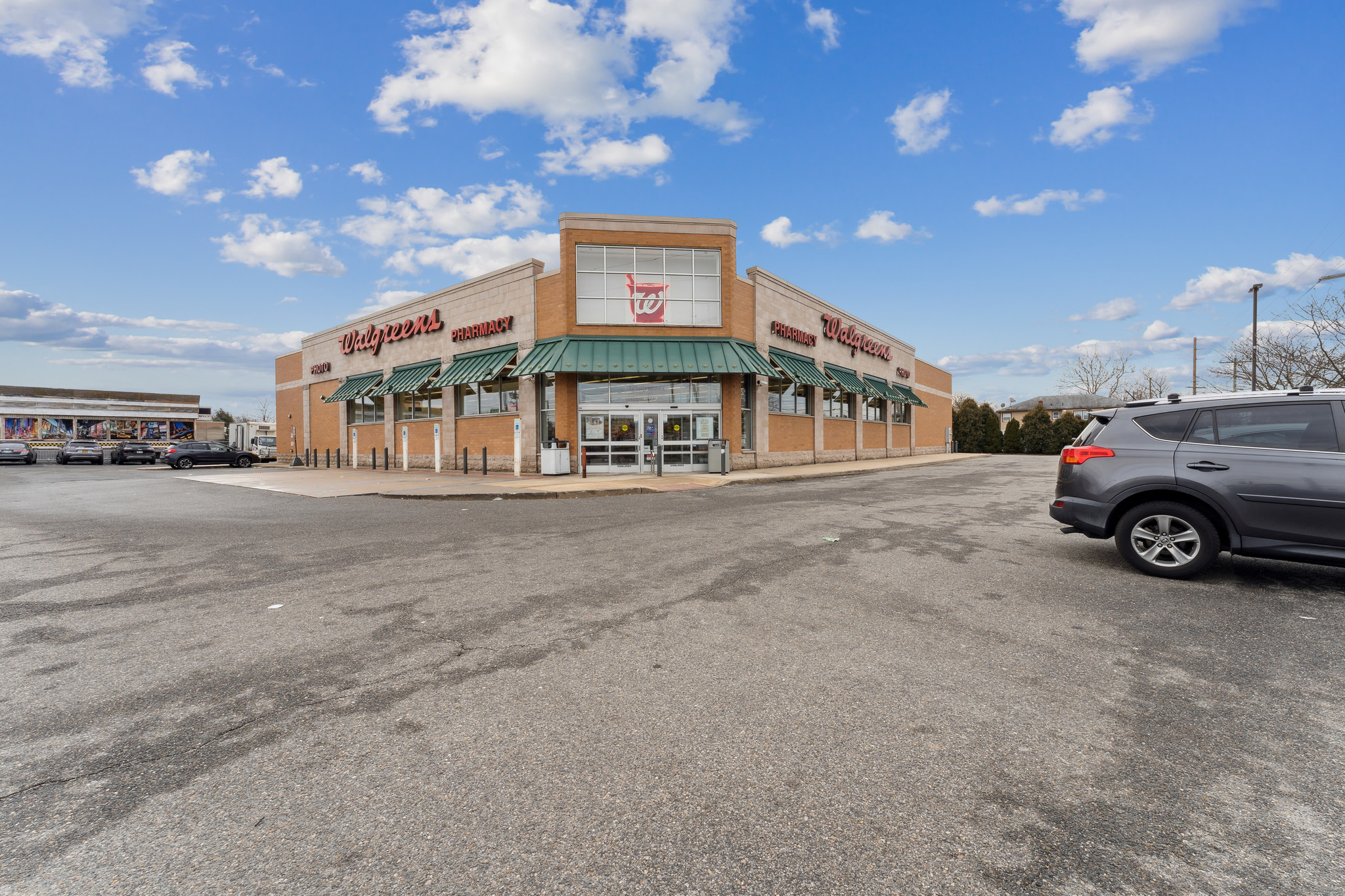1. Run Energy Audits
When do you use the most energy? It depends on your location. In the Pacific Northwest, you’re going to run the heat in the winter, but you don’t need the air conditioner that much in the summer.
In the Northeast, you experience the extreme cold of winter and extreme heat and humidity of summer. You’re going to have a high bill in the winter months and again in the summer months.
You want to have an energy audit to find out how much energy you’re losing to heat and cool your home.
An energy audit will also tell you if your appliances need to be updated, along with your light bulbs and other energy suckers.
You can do an energy audit yourself or hire a professional to do one for you.
2. Get an Energy Efficiency Kit
Most power companies want you to use less energy. You’d think the opposite because the more energy you use, the more money the energy company makes.
Energy companies only have so much capacity to handle energy demands, so they have the incentive to lower demand. High energy demands can lead to blackouts and power outages, which seem to occur on the hottest day of the year when you need it the most.
That’s why most companies offer energy efficiency kits. These are kits that include energy-efficient light bulbs, faucet aerators, thermometers, and power strips.
The energy efficiency kit is different for each power company. Just look up [your power company + energy efficiency kit] to see what your energy company offers.
Most of these kits are free or free to low-income households.
3. Take Advantage of Energy Tax Credits
Did you know that there are energy tax credits that you can take advantage of to lower your energy bills?
You can get tax credits on the purchase of Energy Star rated windows, doors, furnaces, and central air conditioning units. Keep in mind that the credits only count for the products, not the installation.
If you’ve been curious about solar energy, you can save a lot of money through tax credits. You can get a tax credit of up to 26% of the cost of solar panels if they’re installed before January 1, 2023.
The credit drops to 22% if the panels are installed between 2023 and 2024.
4. Learn About Energy Rebates
Not only are there tax incentives from the federal and state governments, but there are energy rebates from your energy provider.
Many energy providers have additional rebates on qualifying appliances, insulation, and HVAC units. You can save even more money by installing new, energy-efficient equipment to cut down on your energy bills.
Ask your power company to learn what rebates you might be eligible for.
5. How to Lower Energy Bills in the Summer
Do you want to know how to keep your energy bill low in summer? The first thing you need to do is maintain your HVAC unit.
Have it inspected before the summer heat kicks in to make sure it’s running efficiently. An inefficient HVAC unit can drive your energy bills sky high.
In the summer, you have to balance the amount of natural light you let into your home with the amount of heat you let in. If you have your windows uncovered, you get plenty of light, but you are turning your home into a greenhouse.
The sun’s rays are the most powerful between 10 am and 2 pm in the summer. You can get sheer curtains to get natural light in your home and block some of the heat from entering your home at the same time.
That does enough to keep your home cooler and your HVAC unit won’t need to work as hard to keep the temperature in your home comfortable.
One other thing you can do is adjust the thermostat by a couple of degrees. You won’t notice a difference until you see a lower energy bill.
6. Replace Your Windows and Doors
When you researched energy tax credits and rebates, did you see anything for energy-efficient doors and windows?
Windows and doors are likely candidates to cause energy leaks, especially if they’re older.
You can work with a company in your area to see what your options are. For example, in the San Antonio, TX area, a windows company like SA Windows Doors can offer the latest in energy-efficient windows.
Replacing your windows and doors with energy-efficient ones will help you save money.
7. Use Power During Off-Peak Hours
You might notice that your power company categorizes usage into two categories: peak and off-peak hours.
Peak hours tend to be during the day when energy usage demand is high. There’s also another peak in the late afternoon and early evening hours.
Off-peak hours are when energy use is less expensive. It’s a great time to do laundry or run the dishwasher.
How to Lower Energy Bills Any Time of Year
When you try the steps in this article, you’ll be surprised to see how much you can lower your energy bills.
Once you learn some tricks as to how to lower energy bills any time of year, you can save a lot of money. You don’t even have to spend a lot to make big changes, either.
If you enjoyed this article, be sure to read the other helpful articles in the blog today!







Leave a Comment